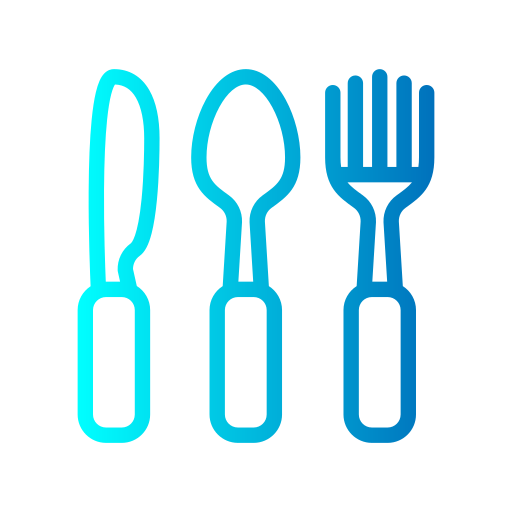Can You Eat Beetroot Leaves Raw
In today’s quest for healthy eating and sustainable living, knowing how to utilize every part of a plant is essential. One such versatile vegetable is beetroot. While beetroot bulbs are universally loved, many dismiss the leaves without realizing their potential. Can you eat beetroot leaves raw? Let’s dive deep into this question.
Essential Highlights
- Nutritional Benefits: Beetroot leaves are rich in vitamins A, C, and K.
- Safety Precautions: Although generally safe, some people may have allergic reactions.
- Preparation Tips: Suggests simple ways to incorporate raw beetroot leaves into meals.
- Environmental Impact: Utilizing beetroot leaves can help reduce food waste.
Table of Contents
- Nutritional Profile of Beetroot Leaves
- Health Benefits of Consuming Beetroot Leaves
- Safety and Potential Risks
- How to Prepare Beetroot Leaves
- Beetroot Leaves in Culinary Applications
- Environmental Benefits
- FAQ
Nutritional Profile of Beetroot Leaves
Beetroot leaves are powerhouses of nutrition. Packed with essential vitamins and minerals, these greens offer numerous health benefits. Some of the key nutrients include:
- Vitamins: Rich in Vitamins A, C, and K, beetroot leaves support vision, skin health, immune function, and blood clotting.
- Minerals: They are a good source of potassium, calcium, and magnesium, which are vital for maintaining healthy body functions.
- Fiber: High in dietary fiber, they aid in digestion and promote a healthy gut.
For a more extensive list of nutritional benefits, visit BBC Good Food.
Health Benefits of Consuming Beetroot Leaves
Including beetroot leaves in your diet offers an array of health advantages:
- Boosts Immunity: Their high vitamin C content strengthens your immune system.
- Improves Vision and Skin: Vitamin A is essential for eye health and maintaining healthy skin.
- Fosters Bone Health: Vitamin K helps in developing strong bones and may prevent osteoporosis.
For further reading on health benefits, refer to Healthline.
Safety and Potential Risks
Beetroot leaves are mostly safe, but caution should be exercised:
- Allergic Reactions: Some individuals might be allergic; start with a small amount to test sensitivity.
- Oxalates: Like spinach, beetroot leaves contain oxalates which can contribute to kidney stones in susceptible individuals.
For more on dietary safety, read through the guidelines at WebMD.
How to Prepare Beetroot Leaves
Preparing beetroot leaves is simple and can enhance your meals:
- Wash Thoroughly: Rinse under cold water to remove any dirt or pesticides.
- Trim Stems: Use a knife or kitchen scissors to cut the thick stem parts.
- Chop or Shred: Depending on your dish preference, chop or shred the leaves for salads or smoothies.
For additional preparation tips and recipes, check out Can You Eat.
Beetroot Leaves in Culinary Applications
From salads to smoothies, beetroot leaves can be used in various dishes:
- Raw In Salads: Mix with other greens like spinach or arugula for a nutrient-rich salad.
- Smoothies and Juices: Blend with fruits and other vegetables for a healthy beverage.
- Garnishes and Wraps: Use them as colorful garnishes or wraps for sandwiches.
For more creative culinary ideas, Can You Eat offers a plethora of options.
Environmental Benefits
Consuming beetroot leaves contributes to sustainability:
- Reduction in Food Waste: By using the leaves which often get discarded, you minimize food waste.
- Promotes Eco-friendly Eating: Encourages a complete utilization of plants, promoting a holistic and sustainable diet.
For information on eco-friendly living, visit WWF UK.
FAQ
- Can you eat beetroot leaves raw?
- Yes, beetroot leaves can be eaten raw. They are nutritious and can be easily added to salads or smoothies.
- Do beetroot leaves have oxalates?
- Yes, like spinach, they contain oxalates which may cause issues for people prone to kidney stones.
- What do beetroot leaves taste like?
- They have a slightly bitter taste, similar to spinach but can vary based on maturity and growing conditions.
- Are beetroot leaves good for weight loss?
- Yes, they are low in calories and high in fiber, which can help in maintaining a healthy weight.
- How do you store beetroot leaves?
- Store in a damp paper towel within a plastic bag in the refrigerator to keep them fresh for up to a week.
By embracing beetroot leaves as part of your diet, not only do you reap substantial health benefits, but you also contribute positively to the environment. Whether in salads or smoothies, their versatility and nutritive value make them a fantastic addition to any meal. For further insights, explore more at Can You Eat.

Leave a Reply